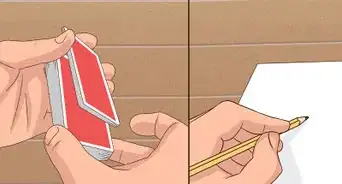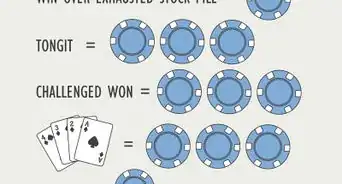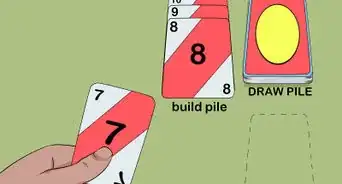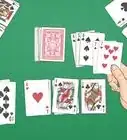This article was co-authored by wikiHow staff writer, Hannah Madden. Hannah Madden is a writer, editor, and artist currently living in Portland, Oregon. In 2018, she graduated from Portland State University with a B.S. in Environmental Studies. Hannah enjoys writing articles about conservation, sustainability, and eco-friendly products. When she isn’t writing, you can find Hannah working on hand embroidery projects and listening to music.
There are 8 references cited in this article, which can be found at the bottom of the page.
This article has been viewed 15,857 times.
Learn more...
Cribbage is a classic game that only requires a deck of cards and a peg board. If you’ve started a game of cribbage or it’s been a while since you last played, a refresher on how to tally up everyone’s points can be helpful. By keeping a few simple rules in mind as you play, you can have fun with your friends and play a fair game of cribbage with a clear winner.
Steps
Scoring During a Round
-
1Place a card face up from your hand onto the table. Decide who gets to go first by picking a dealer. Whoever is sitting left of the dealer gets to go first. Have each player take a turn putting a card face-up on the table from their hand. You can only choose cards from your hand of 4, not from the 2 you discarded at the beginning of the round.[1]
Tip: Keep your own cards in your own pile, and don’t mix them with anyone else’s. You’ll need their totals at the end of the game.
-
2Add the face-up card values together to keep a running total. As everyone lays down their cards, keep a running total of the amount that you have set face-up on the table. Cards with numbers on them are worth their numerical value, face cards are worth 10 points, and aces are worth 1 point.[2]
- Everyone who is playing is responsible for counting the running total out loud whenever they put a card down.
Advertisement -
3Avoid exceeding a running total of 31 with each card. As you count the total of the cards, your objective is to not exceed 31 total. Add your card number in your head to the current total, and if it exceeds 31, don’t put it down.[3]
- If you exceed 31, your opponent gets 1 point, and vice versa.
-
4Score a point if your opponent can't place a card without exceeding 31. If you or your opponent can’t put down a card, say “Go.” The person who did not say “Go” gets to move their peg 1 hole on the board closer to the end.[4]
- Whoever lays down the final card in the running total gets 1 extra point.
-
5Score additional points for pairs and multiples of the same rank. If you put down a 7 and your opponent follows with a 7, this is a pair, and your opponent earns 2 points, moving them 2 spaces. This is called a “pair.” If you make 3 of a kind, you get 4 points. If you make 4 of a kind, you get 12 points.[5]
-
6Count extra points for runs. If you put down a 3 and your opponent follows with a 4, this is a 2-card run, which earns them 2 points or spaces. This is called a “double run.” If you have 3 cards in a run, like, 3, 4, and 5, it’s a triple run, and 4 cards in a run is a quadruple run.[6]
- Runs don’t necessarily have to be in order. For example, if you put down a 3, your opponent puts down a 5, and then you put down a 4, that counts as a run of 3 and you’d get 3 points. The amount of points you get depends on how many cards are in the run.
-
7Score 2 extra points if the running total becomes 15. If you put down a card and it brings the running total to 15, you get to move 2 spaces on the peg board. The running total has to be exactly 15, not above or below.[7]
-
8End the round when the cards run out. A cribbage round is officially over when all of the cards that could have been played from each hand are on the table. Have each player gather their hands to start counting them up.[8]
Counting Your Hand
-
1Start with the player to the left of the dealer. Have each player count their hand one at a time. Make sure the dealer goes last and that everyone checks each other’s math as they go.[9]
- It may be helpful to count your points out loud so that everyone can hear them.
-
2Count the starter card towards your hand as you count. At the beginning of the round, the dealer flipped over a card and left it face-up on the table. Have each player count this card like it’s in their own hand to give everyone more points.[10]
- This card is also called the starter card.
- Keep track of your scores on a notepad.
-
3Count each card combination that adds up to 15 as 2 points. If any of your cards can add up to 15, write that down as 2 points for each total of 15. Make sure you check your math, because you could lose points if you are wrong.[11]
Variation: There’s a version of cribbage called “Muggins” where each player tallies up their points aloud. If anyone misses any points, another player shouts “Muggins!” and all the excess points are spread out to the other players.
-
4Add up runs and give them points based on how long they are. A run, or cards that are in numerical order, are scored based on how many cards are in each run. For example, if you have cards 5, 6, and 7, that is 3 points, or a triple run. If you have cards 2 and 3, that’s 2 points, or a double run.[12]
- Remember to use the starter card to make runs for extra points.
-
5Score points for pairs and multiples of the same rank. Pairs are cards that have the same number or face. For example, if you have 2 Kings, give yourself 2 points. You can get more points if there are 3 or 4 cards of the same kind. For example, if you have 4 aces, give yourself 4 points.[13]
- Add the starter card to give yourself more points in each pair.
-
6Give yourself 4 points if all the cards in your hand are the same suit. If your cards are all the same suit, like hearts, spades, clubs, and diamonds, you get to add 4 points to your total. If the starter card is also the same suit as your 4 cards, you get 5 points.[14]
- This is called a flush.
-
7Add 1 point if you have a Jack that matches the suit of the flipped card. There’s a special rule called a “nob” that gives you an extra point. For example, if you have a Jack in your hand that’s a spade, and the starter card is a spade as well, give yourself an extra point.[15]
-
8Count the crib and give yourself the points if you are the dealer. Whoever dealt the cards in this round gets to count up the “crib,” or 2 cards that each player discarded at the beginning of the round. The dealer gets points for the flushes, nobs, pairs, or runs in the crib and can add them to their own total.[16]
- Alternate who is dealing so that each player gets to count the crib as their own at least once.
-
9Keep going until someone reaches 121 points. Each cribbage pegboard has 120 spaces, so the first person to travel around the peg board plus 1 extra point wins the game. This is also called “pegging out.”[17]
References
- ↑ https://www.youtube.com/watch?v=ttkfRm5pZr4&feature=youtu.be&t=105
- ↑ https://www.youtube.com/watch?v=ttkfRm5pZr4&feature=youtu.be&t=116
- ↑ https://www.fgbradleys.com/rules/Cribbage.pdf
- ↑ https://www.fgbradleys.com/rules/Cribbage.pdf
- ↑ https://www.fgbradleys.com/rules/Cribbage.pdf
- ↑ https://www.fgbradleys.com/rules/Cribbage.pdf
- ↑ https://www.fgbradleys.com/rules/Cribbage.pdf
- ↑ https://www.youtube.com/watch?v=ttkfRm5pZr4&feature=youtu.be&t=157
- ↑ https://www.fgbradleys.com/rules/Cribbage.pdf
- ↑ https://www.youtube.com/watch?v=ttkfRm5pZr4&feature=youtu.be&t=164
- ↑ https://www.fgbradleys.com/rules/Cribbage.pdf
- ↑ https://www.fgbradleys.com/rules/Cribbage.pdf
- ↑ https://www.fgbradleys.com/rules/Cribbage.pdf
- ↑ https://www.youtube.com/watch?v=ttkfRm5pZr4&feature=youtu.be&t=195
- ↑ https://www.youtube.com/watch?v=ttkfRm5pZr4&feature=youtu.be&t=208
- ↑ https://www.youtube.com/watch?v=ttkfRm5pZr4&feature=youtu.be&t=253
- ↑ https://www.fgbradleys.com/rules/Cribbage.pdf

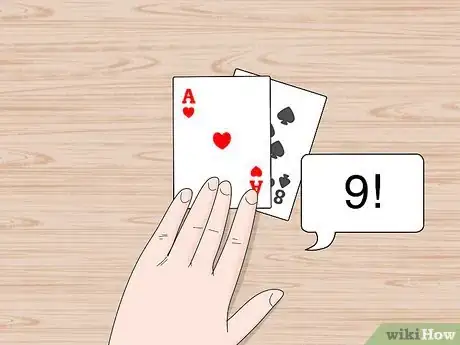

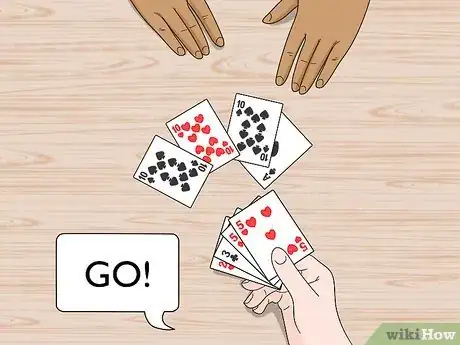
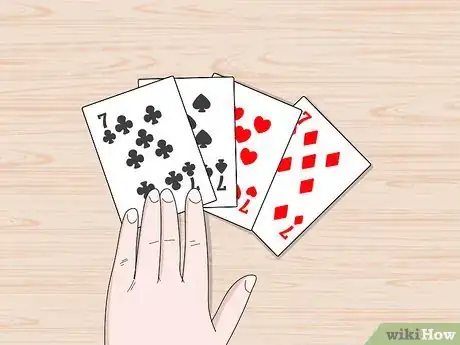

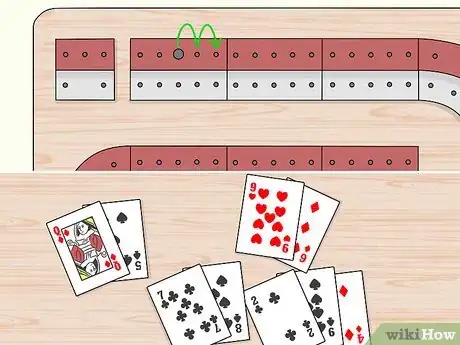
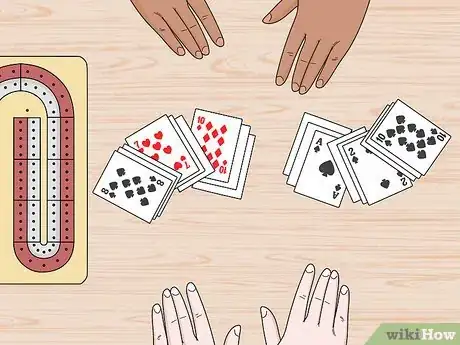
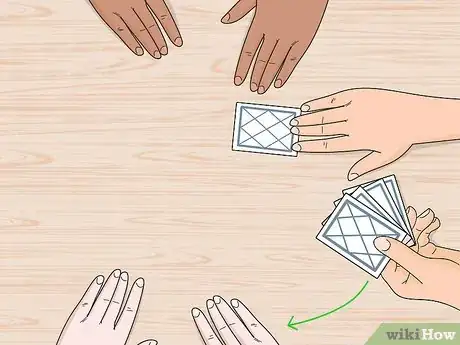
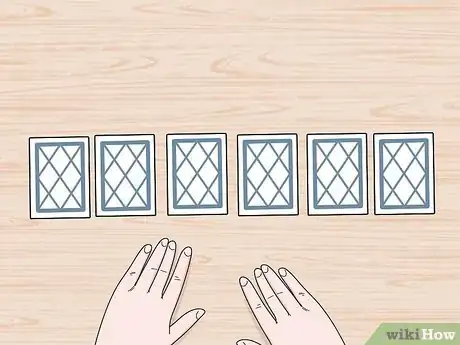
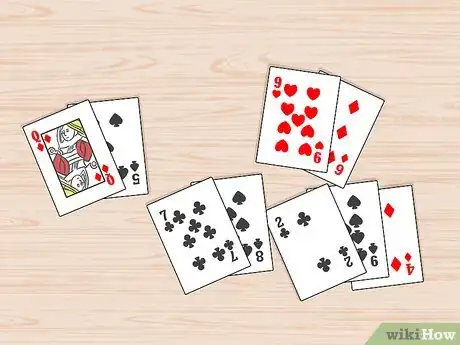

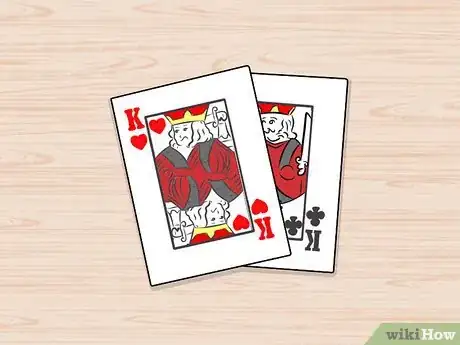
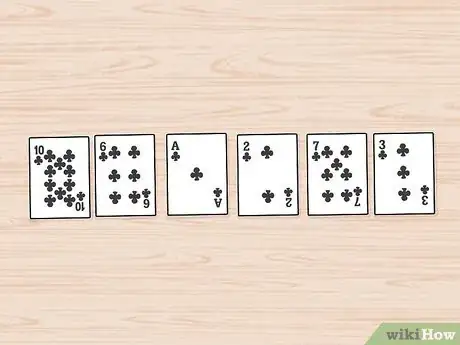


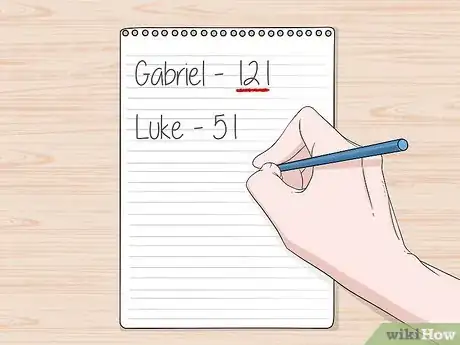


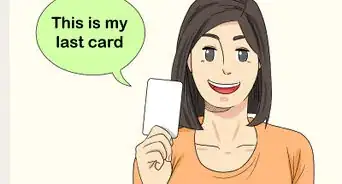

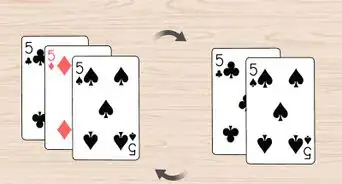

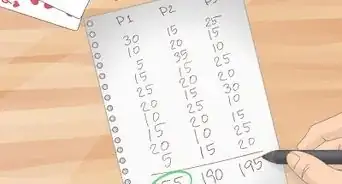

-Step-17.webp)

